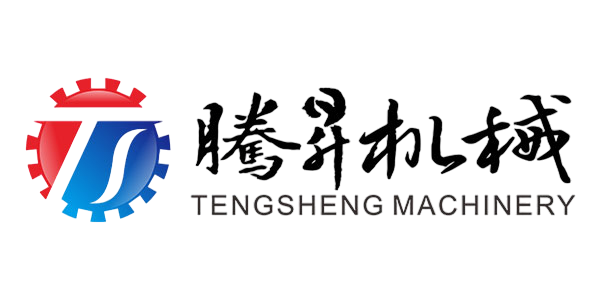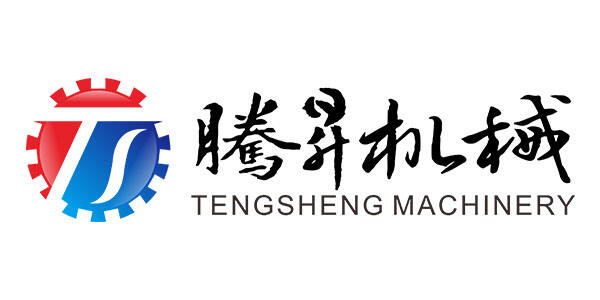The fruit processing world has seen some real game changers lately thanks to optical sorting systems that use fancy cameras and sensors along conveyor belts to check fruit quality as it moves through the line. These setups spot bad apples (and other fruits) pretty quickly and kick them out before they ruin everything else, which means better overall quality control and way less food going to waste. Industry numbers show that plants using this tech typically see their output go up because they maintain those strict packaging standards without breaking a sweat. What's interesting is that newer models now fit right into old production lines without requiring massive overhauls, something manufacturers really appreciate since downtime costs money. For anyone running a fruit processor trying to keep up with customers who want nothing but perfect produce, these systems aren't just helpful they're becoming almost essential if companies want to stay competitive while keeping their waste levels down.
The use of artificial intelligence has really changed how we spot defects when sorting fruits. Modern systems employ sophisticated algorithms that look at images and find problems with impressive accuracy. What makes these systems special is their ability to learn as they go along, getting better at what they do based on past sorting results. When businesses implement AI solutions, they cut down on mistakes made by people during the sorting process, which means higher quality products end up on store shelves. According to those who work in the field regularly, putting AI into fruit sorting operations saves money both on labor costs and waste disposal expenses. For manufacturers looking to streamline their workflow while keeping costs under control, investing in smart sorting technology seems like a no brainer these days.
Fruit sorters have taken a big leap forward thanks to multi-spectral imaging technology that looks beyond what meets the eye. These systems check out things like how ripe or sweet a piece of fruit really is inside, something regular visual inspections just can't catch. The tech works by taking pictures across different light wavelengths, giving processors detailed information about each item's true condition. This means better decisions when it comes time to sort through all those apples, oranges, and other fruits coming down the line. According to industry reports, when companies focus on these hidden qualities during sorting, they see fewer returns and angry customers later on. With shoppers increasingly demanding top notch produce straight from stores, many processing plants are now investing in this kind of imaging equipment. Beyond keeping consumers happy, it helps businesses stay competitive in markets where quality differences make all the difference.
The QH-50 stands out as something really special when it comes to cutting meat precisely. It delivers those consistent slices every time, which means less wasted product and better overall yields for anyone using it. What sets this system apart is how it handles different kinds of meat without missing a beat, whether we're talking about tenderloin or tougher cuts. Many operators report saving around 15% on material costs after switching to the QH-50, plus they spend less money on labor since the machine does most of the work. Restaurants across the country have started adopting this tech because it just works so well day after day. From fine dining establishments needing uniform portions to factory settings where speed matters most, the QH-50 adapts beautifully to whatever needs arise in modern food production environments.
The TS-JR42B meat grinder handles large volumes of meat processing work, which makes it suitable for everything from small butcher shops all the way up to full scale meat packing plants. Safety was clearly a focus during design, with several built in safeguards that meet current industry standards while keeping workers safer around moving parts. Industry reports suggest these newer models can actually increase production output somewhere around 30 percent compared to older equipment, though actual results vary depending on how well maintained they stay. The machine's surface is made from materials that resist wear and tear, so it keeps running smoothly even after years of constant use. Maintenance remains straightforward too, something that matters a lot when trying to keep production lines operational without unexpected downtime.
The TS-Y30 model from Tengsheng uses cutting edge methods to make meat more tender, which naturally improves how it tastes when cooked. Studies show these kinds of tenderizing tech actually cut down on cooking times while also boosting meat yields quite a bit. Manufacturers have been pretty happy with this machine too. Many report better customer reactions because the meat coming out of the TS-Y30 just tastes better overall. For Tengsheng, putting emphasis on both quality and getting things done faster isn't just marketing talk. Their TS-Y30 shows real commitment to moving forward in meat processing, delivering products that not only hit but often surpass what customers expect from modern equipment.
When processing plants start using sorting tech alongside their juice extraction lines, things really change for the better. The system makes sure only good quality fruit gets processed, which means cleaner juice with better flavor overall. Plants benefit from this combination in two main ways quality stays high while production moves faster through the facility, cutting down both time spent and money wasted. Industry reports suggest these kinds of setups can boost efficiency by around 25% when making juice products. Looking at what's happening now, it seems pretty obvious that combining sorting systems with extraction equipment will become standard practice across smart food manufacturing operations, paving the way for all sorts of new improvements in the coming years.
Getting plant layouts right when it comes to energy efficiency offers real money savings for businesses. When companies take a close look at how their workflows actually work and where machines sit in relation to each other, they tend to slash energy usage somewhere around 15-20%. Most industry professionals will tell anyone willing to listen that going green isn't just good PR anymore it's becoming essential business practice. Food processors who invest in smarter layout designs find themselves hitting both environmental targets and improving day-to-day operations at the same time. For manufacturers trying to stay competitive while meeting stricter regulations, these kinds of improvements make all the difference between surviving and thriving in markets where consumers increasingly care about carbon footprints.
The Decaray tech from Raytec Vision is changing how food gets sorted in processing plants thanks to its super accurate detection abilities. What makes this system stand out is its use of both color sensors and infrared lighting to spot all sorts of flaws that might otherwise go unnoticed, whether they're visible on the surface or hidden beneath. This means safer products for consumers while cutting down on those pesky contamination issues that can shut down entire operations. Plants using Decaray report real gains in how efficiently they run day to day, something that speaks volumes about what this tech brings to the table. Looking ahead, experts in the field see these kinds of innovations as key players in shaping the next generation of food safety protocols, especially as companies continue to grapple with stricter regulations around quality control and keeping contaminants at bay.
Find out more about [Raytec Vision's Decaray Technology](#).
The PolarVision system from Bühler Group provides practical tools for checking and sorting items throughout different parts of the manufacturing process. With advanced imaging tech at its core, this solution keeps products intact while maintaining strict quality controls across production lines. Companies that invest in PolarVision often see noticeable improvements in their bottom line, as evidenced by several case studies showing reduced waste rates and faster throughput times. As one of the pioneers in this field, Bühler consistently stays ahead of industry trends, adapting its innovations to meet changing market needs. By pushing boundaries in sorting technology, they're helping food processors achieve better results day after day, something that matters deeply in an industry where even small gains translate into major cost savings over time.
Learn more about [Bühler Group's PolarVision Applications](#).
Key Technology has been at the forefront of developing smart factory systems that combine Internet of Things devices with artificial intelligence to make food processing facilities more automated. Their technology allows plant managers to monitor operations as they happen and make decisions based on actual data rather than guesswork, which makes all the difference in environments where getting things right matters most. Some case studies show that when companies implement these smart factory concepts, productivity jumps anywhere from 30% to almost 50%. That kind of improvement isn't just numbers on paper it translates directly into better bottom lines for manufacturers. The food industry keeps talking about how automation helps satisfy customers who want faster service without compromising quality standards. As demand grows for fresher products delivered quicker, we're seeing more investment in intelligent systems that can handle complex tasks while maintaining strict safety protocols across different types of food production settings.
Explore [Smart Factory Solutions from Key Technology](#).
Cutting down on food waste has become a major focus across food processing industries these days, and precision sorting tech plays a big part in this effort. When processors sort out only the good stuff from their product lines, they end up throwing away much less material overall. Some studies show that plants that invest in these sorting systems often see around 30% less waste going into landfills. That kind of reduction really helps meet those international sustainability targets while also saving money at the same time. Better sorting equipment actually makes a difference all through the production line too. The raw materials get put to better use when everything gets sorted properly first. For many businesses looking to balance profits with planet care, getting serious about waste reduction through smarter sorting just makes sense on multiple levels.
New tech for fruit prep lines now comes packed with water saving features that boost efficiency while cutting down on waste. Companies implementing these strategies often see their water bills drop by 30% or more, which helps protect local ecosystems and saves money at the same time. As governments crack down on water usage regulations across agriculture sectors, processors are getting serious about managing their water footprint like never before. Industry consultants who specialize in green operations consistently push for better tracking systems and smarter reuse methods throughout processing plants. The shift toward these advanced fruit handling systems does more than just keep regulators happy it shows real progress toward making food production greener overall.


Copyright © 2024 Zhaoqing Tengsheng Machinery Co., Ltd all rights reserved - Privacy policy